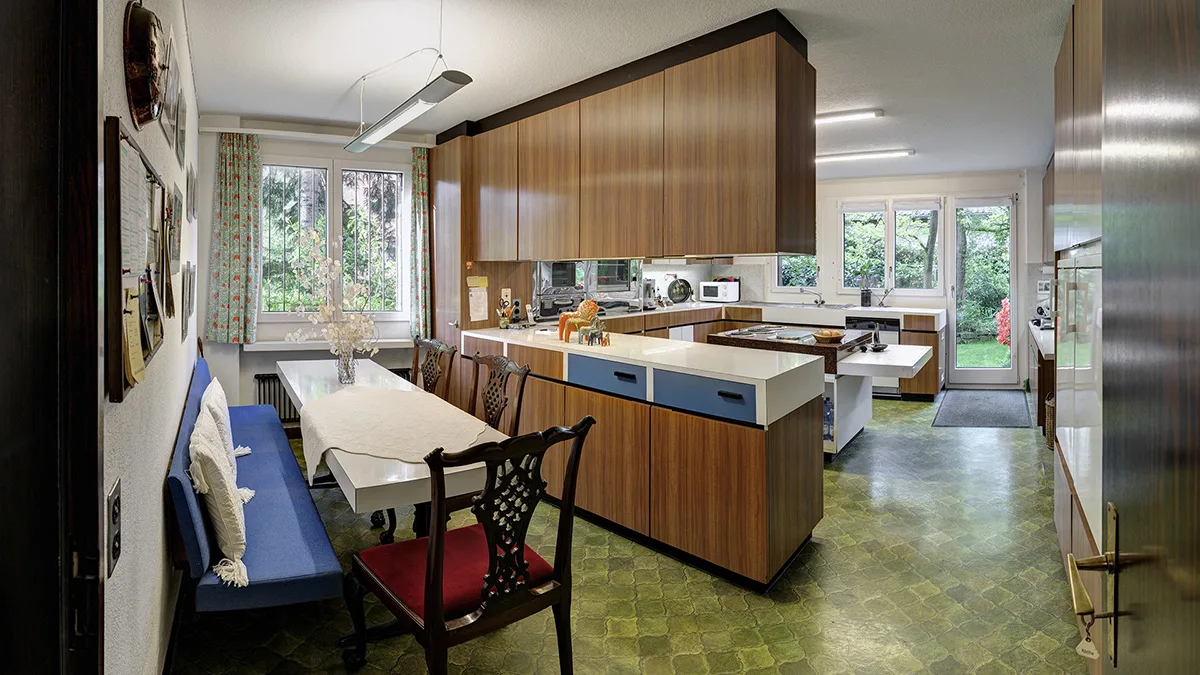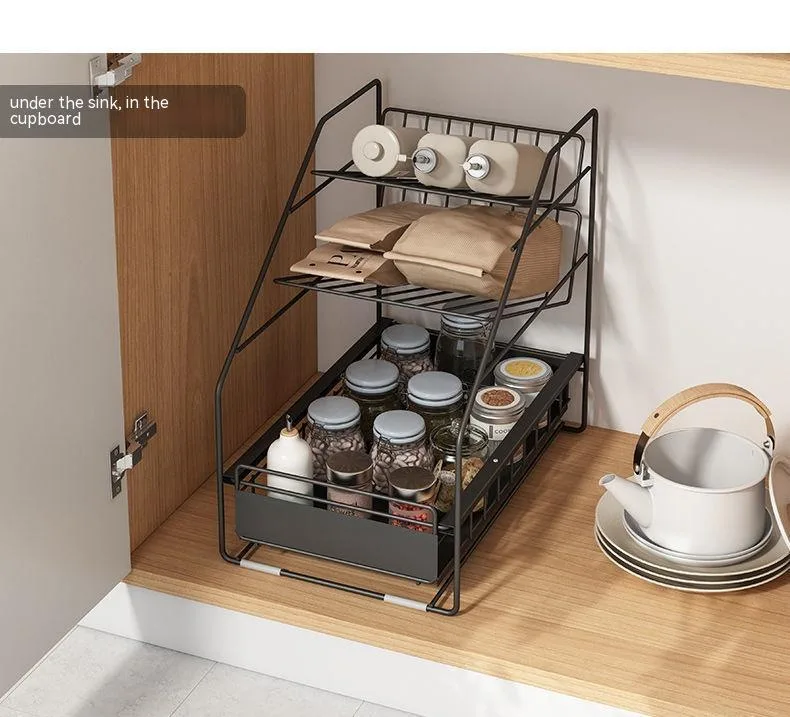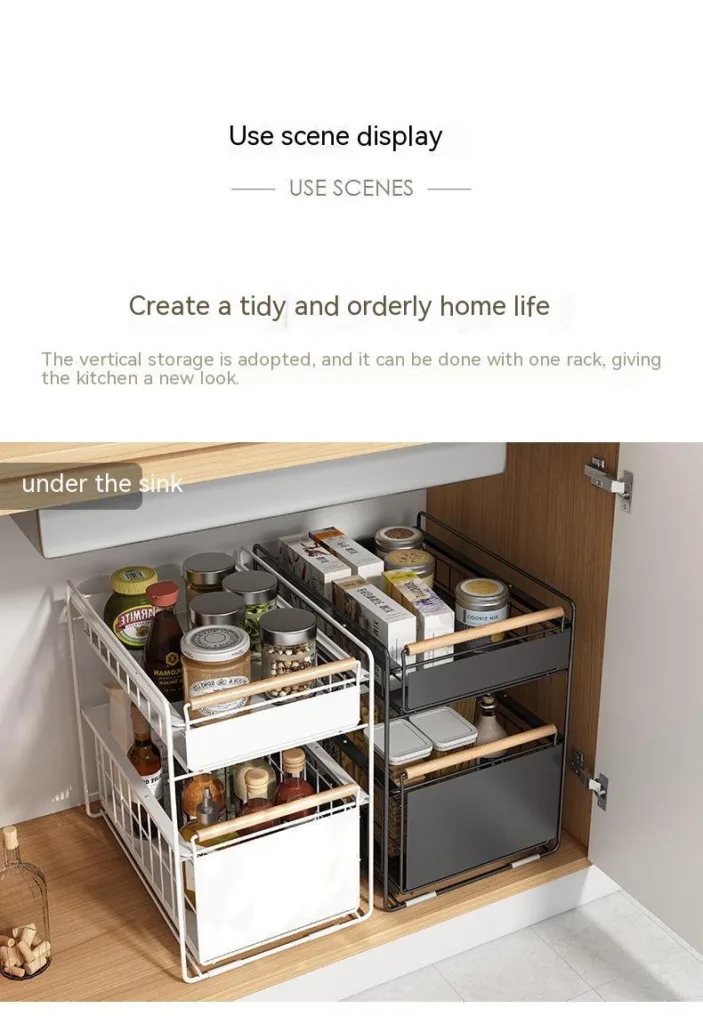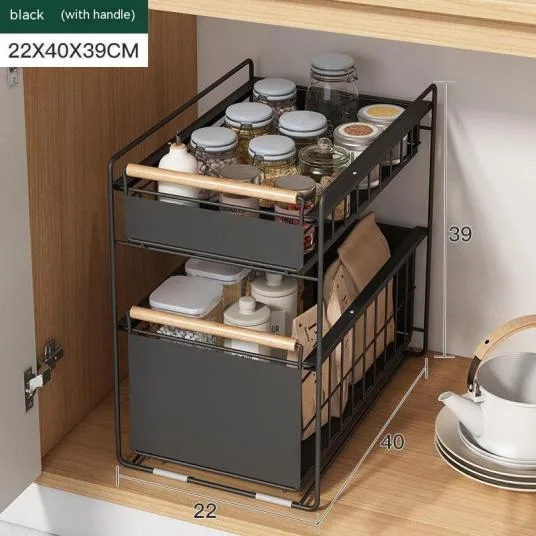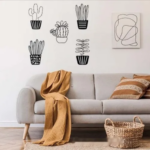Introduction
In today’s fast-paced world, the kitchen is not just a place to cook; it’s the heart of the home where families gather, and memories are created. An essential component of any kitchen is the cabinets. Kitchen cabinets not only provide functional storage but also contribute significantly to the aesthetics of the space. This comprehensive guide will walk you through everything you need to know about kitchen cabinets, from selecting the right materials to maximizing storage efficiency.
Chapter 1: Understanding Kitchen Cabinet Types
When it comes to kitchen cabinets, having a comprehensive understanding of the different types available is crucial. Let’s delve into the four primary categories that define the essence of your kitchen’s storage:
1.1 Base Cabinets: The Foundation of Kitchen Storage
Imagine base cabinets as the sturdy foundation upon which your kitchen storage is built. These trusty units sit gracefully on the floor, offering essential storage space for a multitude of items. Pots, pans, and larger kitchen essentials find a home here, where you can consider the convenience of deep drawers for easy access to your cookware. Base cabinets form the bedrock of your kitchen organization
1.2 Wall Cabinets: Elevating Your Kitchen’s Organization
Mounted on the wall just above your countertops, wall cabinets are the unsung heroes of kitchen organization. They step in to provide additional storage for dishes, glasses, and small appliances, ensuring that your kitchen remains uncluttered and orderly. These cabinets offer both functionality and style, allowing you to display your favorite dinnerware while keeping it readily accessible.
1.3 Tall Cabinets: The Vertical Storage Solution
Tall cabinets, often referred to as pantry cabinets, bring a vertical dimension to your kitchen‘s storage capabilities. They stand tall, ready to house everything from dry goods to brooms and even ovens or microwaves in some instances. Tall cabinets efficiently utilize vertical space, making them ideal for storing a wide range of items, both large and small, while keeping them neatly organized and within reach.
1.4 Specialty Cabinets: Tailored to Your Needs
In the realm of kitchen cabinets, specialty cabinets are designed with specific purposes in mind. Picture corner cabinets equipped with rotating shelves, providing ingenious solutions for those tricky corner spaces. Think of pull-out spice racks that make seasoning your dishes a breeze or wine racks that turn your kitchen into a mini wine cellar. Specialty cabinets are the epitome of tailored storage solutions, optimizing both functionality and convenience.
Chapter 2: Choosing the Right Materials
The material you select for your kitchen cabinets plays a pivotal role in determining their durability and appearance. Let’s embark on a journey through the most common materials, each with its unique characteristics and advantages.:
2.1 Solid Wood: Timeless Elegance and Enduring Strength
Solid wood cabinets are a timeless choice known for their warmth and natural beauty. They bring a touch of classic elegance to any kitchen. One of the key advantages of solid wood is its durability; these cabinets can withstand years of use without losing their charm. However, they tend to be on the pricier side, making them a choice for those looking to make a long-term investment in their kitchen’s appeal.
2.2 Plywood: Reliable and Moisture-Resistant
Plywood is a reliable and cost-effective choice for kitchen cabinets. Its layered construction offers excellent resistance to moisture, making it a practical option, especially in kitchens where humidity levels can fluctuate. Additionally, plywood cabinets are often more budget-friendly compared to solid wood, making them a popular choice for homeowners seeking a balance between quality and affordability.
2.3 MDF (Medium Density Fiberboard)
If you desire a sleek and modern kitchen appearance, MDF cabinets might be the right choice for you. Medium Density Fiberboard is an engineered wood product that boasts a smooth and consistent finish. It provides a contemporary look that’s perfect for minimalist kitchen designs. While MDF cabinets are budget-friendly and visually appealing, they may not be as moisture-resistant as plywood or solid wood.
2.4 Particleboard
Particleboard is the most budget-friendly option among kitchen cabinet materials. It is composed of wood particles bonded together with adhesive. While particleboard cabinets are affordable, they may not fare well in environments prone to moisture. Therefore, they are best suited for dry areas of the kitchen.
By considering your budget, preferred style, and the level of durability you require, you can make an informed decision about which material suits your kitchen cabinet needs best.
Kitchen Cabinet Maintenance: Keeping Your Cabinets Pristine

To ensure the longevity and pristine appearance of your kitchen cabinets, it’s essential to incorporate regular and thorough maintenance into your routine. By doing so, you not only protect your investment but also uphold the aesthetic charm of your kitchen. Here’s a more extensive guide on maintaining the allure of your cabinets:
1. Regular Cleaning for Lasting Elegance: Dust, grease, and food particles can gradually accumulate on your cabinet surfaces, diminishing their luster. Establish a cleaning schedule, ideally every few weeks, to maintain their gleam. Opt for a mild, non-abrasive cleaner to gently wipe down your cabinets. Avoid abrasive scouring pads or harsh chemicals that may harm the cabinet finish.
2. Vigilance Against Moisture:
Excessive moisture is one of the primary adversaries of cabinet materials, potentially leading to warping or discoloration. Be vigilant in areas prone to moisture, such as near sinks or dishwashers. Swiftly dry any spills, and consider the use of cabinet liners in vulnerable areas to create an additional layer of protection against moisture.
3. Hardware Check-Up:
The functional efficiency of your cabinets relies heavily on the condition of their hardware. Periodically inspect handles, knobs, and hinges for any signs of loosening. Tighten them as needed to ensure smooth operation and to prevent undue stress on the cabinet structure.
4. Addressing Blemishes:
Scratches, dents, or chips, although inevitable over time, can detract from the overall appearance of your cabinets. Promptly address any such blemishes using touch-up kits specifically designed for your cabinet finish. For more complex repairs, consider consulting with a professional to restore your cabinet’s original allure.
5. Combatting Grease and Grime:
In cooking-centric areas of your kitchen, the accumulation of grease and grime is a common challenge. Use a mixture of vinegar and water or opt for a specialized cabinet cleaner to gently and effectively remove built-up grease. Avoid abrasive materials that may inadvertently scratch the cabinet surface.
6. Embrace Preventive Measures:
To mitigate wear and tear, consider enhancing your cabinets with soft-close mechanisms for doors and drawers. These mechanisms not only prevent slamming, preserving the structural integrity of your cabinets, but also add a touch of luxury to your kitchen experience.
By incorporating these comprehensive maintenance practices into your regular routine, you not only extend the life of your kitchen cabinets but also uphold their visual appeal, ensuring that they remain as captivating as the day they were installed.
Conclusion
Choosing the perfect kitchen cabinets is a significant decision in the journey of creating your dream kitchen. With the knowledge gained from this guide, you’re well-equipped to make informed choices that align with your style, budget, and functionality requirements. Remember that your kitchen cabinets are an investment in the heart of your home.
FAQs
- What is the average cost of kitchen cabinets?Kitchen cabinet prices vary widely depending on materials and customization. On average, you can expect to spend between $5,000 and $15,000 for a standard-sized kitchen.
- How can I prevent my cabinet doors from getting damaged?To prevent damage, avoid excessive moisture and use soft-closing hinges to minimize wear and tear.
- Can I install kitchen cabinets myself, or should I hire a professional?While DIY installation is possible, hiring a professional ensures precision and reduces the risk of errors.
- Are there eco-friendly options for kitchen cabinets?Yes, you can opt for cabinets made from sustainable materials like bamboo or choose low-VOC finishes to reduce environmental impact.
- What’s the average lifespan of kitchen cabinets?With proper care, kitchen cabinets can last anywhere from 15 to 50 years or more, depending on the quality of materials and construction.

